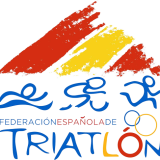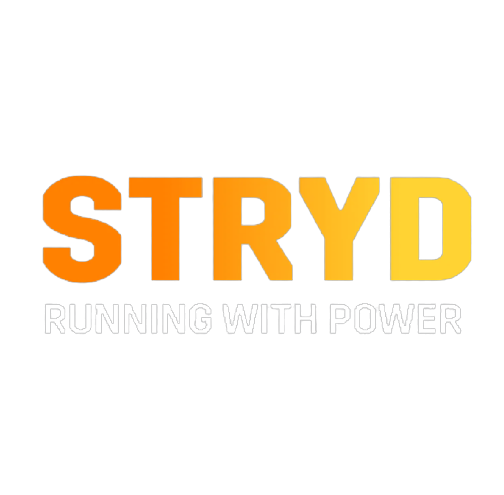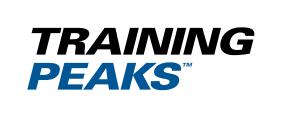Maximum power (P.Max.)
For many, a forgotten area in the world of cycling. But why is it so important? What and who is it for? What does it mean?
Let’s dive into the analysis and explanation of the particularities associated with these training zone, addressing how to enhance them and determining when to incorporate them into the training routine.
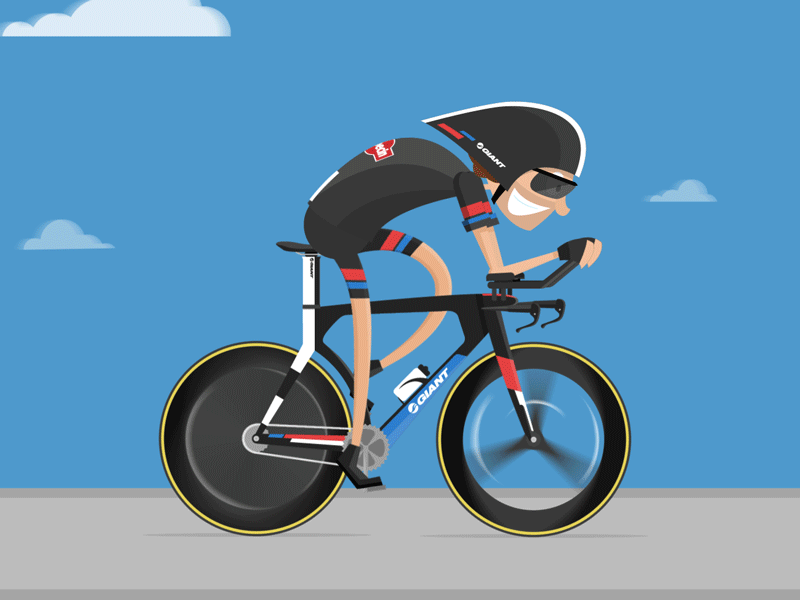
Empecemos por el principio, ¿Qué es?
Maximum power (P.Max.)
P.Max, .is the maximum power produced, at least 1 full rpm on each leg.
It is measured in watts (w) and as a reminder I will say that;
1 watt = 1 Newton x meter/second
The mean absolute values for reference are as follows;
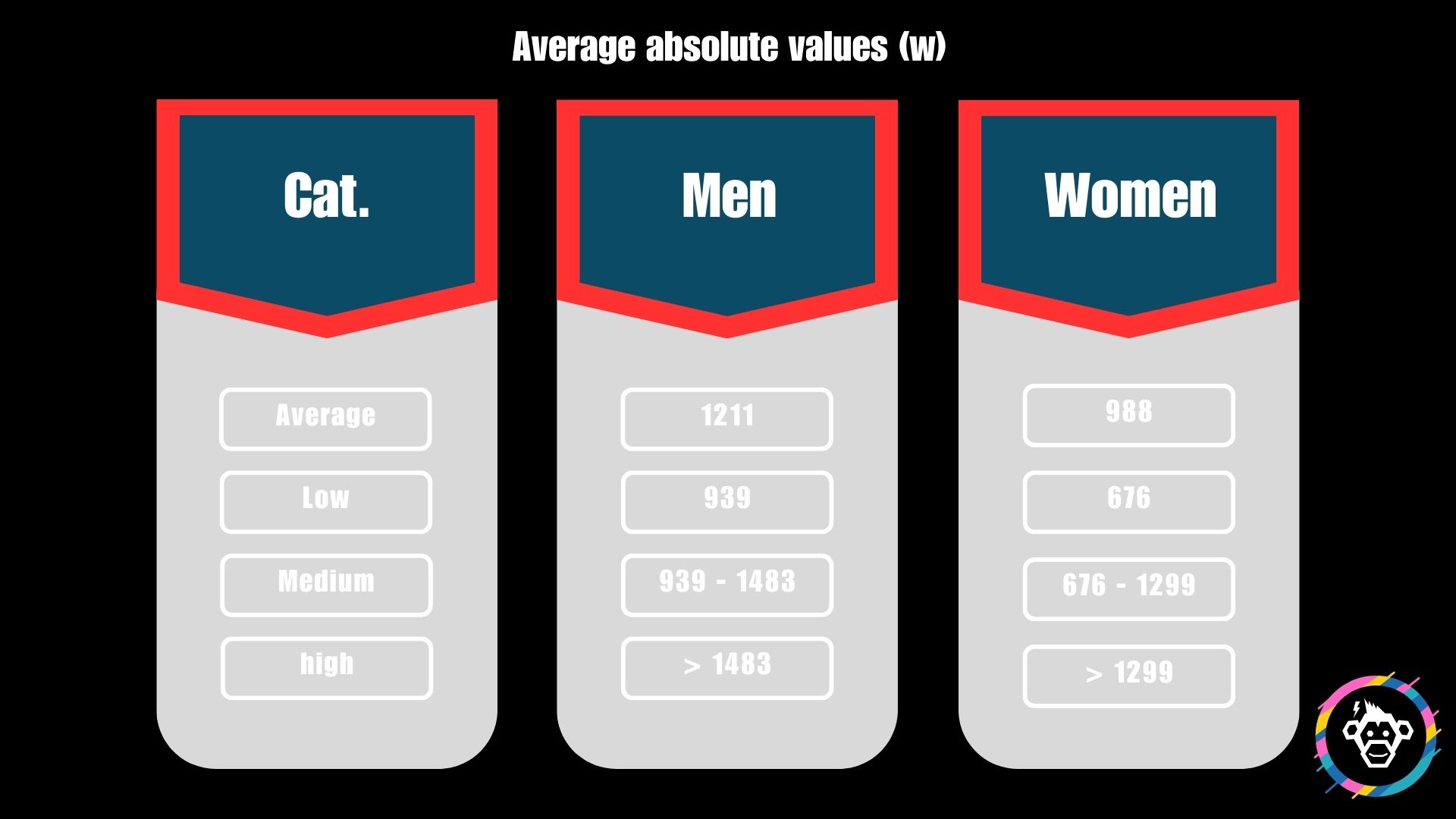
What is the P.Max for?
What is the P.Max for?
The maximum power can be very useful for some certain profiles of cyclists and situations within the race such as the following;
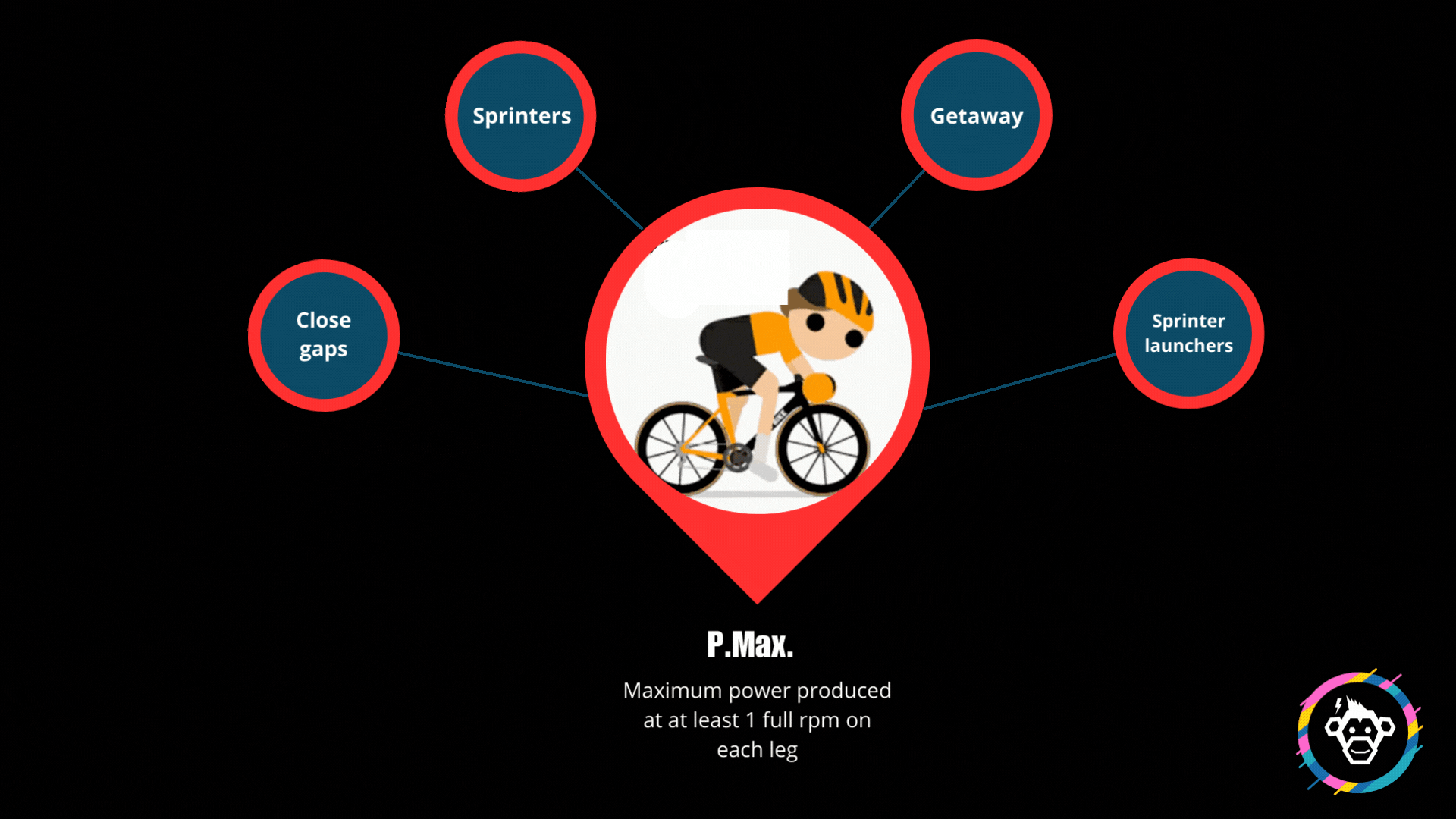
- Sprinters. In the context of sprinters, maximum power plays a crucial role in determining the maximum acceleration and speed to achieve victory. Note that the one with the most power does not always win, but rather the one who is able to generate it the fastest. As an example, if two cyclists have the same maximum power, the one who is able to generate that power in the shortest possible time wins.
- Sprinter launchers. As in the previous example, the throwers are crucial when launching their runner for the final sprint, so they need to have a well-worked maximum power.
- Close gaps. It is a classic to have cyclists capable of closing gaps at certain crucial moments of the race, so they will need to generate a very high maximum power to do so and be able to maintain control of the group.
- Getaways. As in the previous example, good maximum power can help generate breakaways within the race.
Obviously, maximum power is not only necessary for these cyclist profiles, leading to forgetfulness for the rest of the riders. It is a stimulus that we must incorporate into all cyclist profiles.
Cost / benefit.
All training has a cost and therefore a benefit.
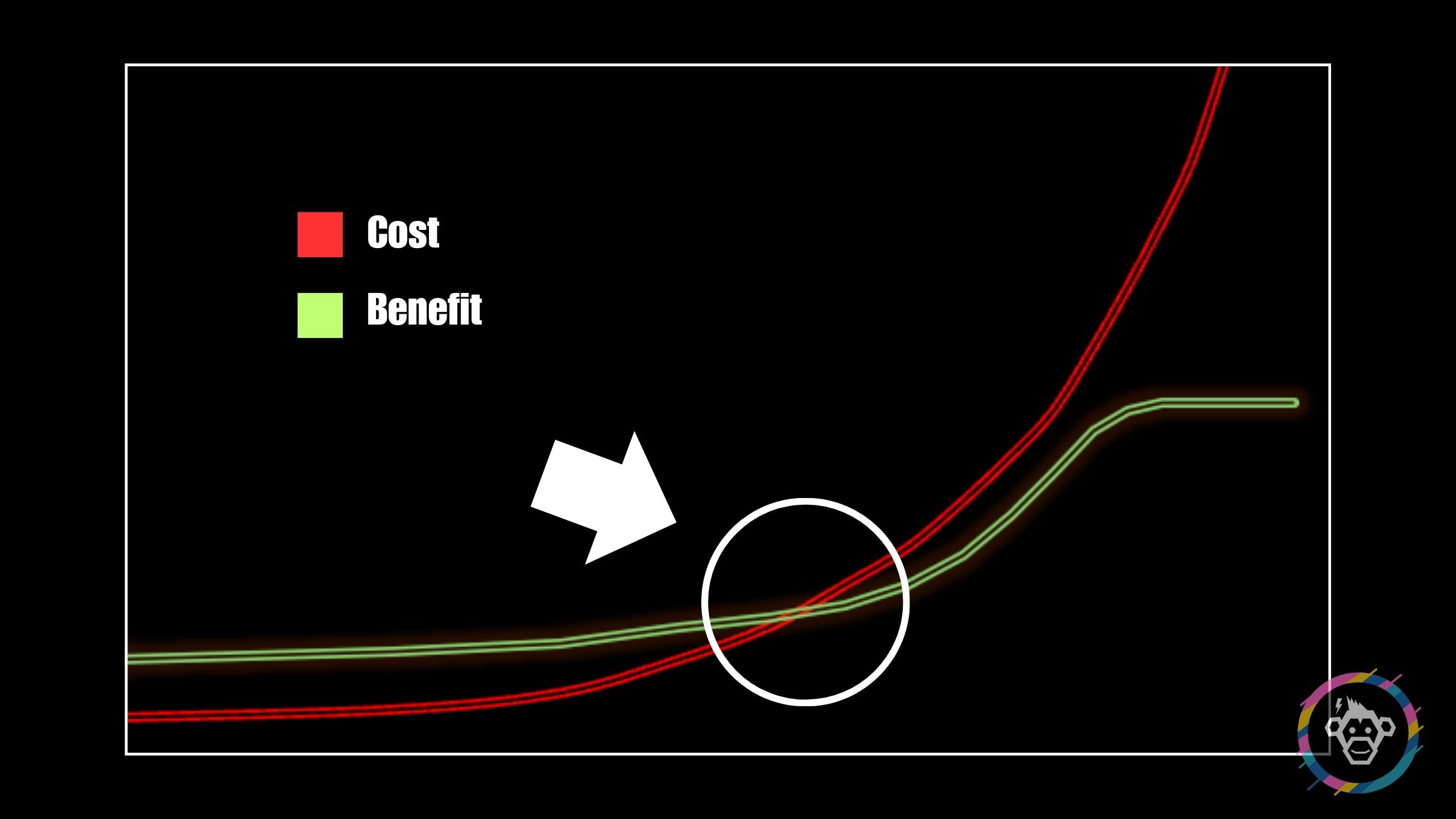
We have to balance at what time of the season we want to assume these costs, assess our weak points and work on them and assume that certain improvements come at the cost of a detriment in other areas, for example:
- Pmax vs FTP: If we focus on specific training for P.Max. It is more than likely that our FTP will decline. But on the contrary, if you are a sprinter you need to have that maximum power well worked to be able to win sprints. However, a srint is usually won at the end of a stage, and if that rider neglects his FTP, he probably will not have the ability to overcome certain climbs during the stage to be able to compete in said sprint.
- FTP vs FRC: As in the previous example, a specific job to improve FTP can lead to a drop in FRC. A FRC so precious for certain moments in racing.
- Stamina vs Sprint: Unlike before, specific work to improve stamina causes a drop in sprint capabilities.
- Maximum power vs Fatigue resistance: A very specific work in power will lead to a drop in fatigue resistance (TTE).
Hence the importance of assessing when we must assume those “costs” to acquire those “benefits”. How to seek that balance in some cases, without interfering with the final objectives and how to take advantage of these stimuli to improve our performance.
Finding our limitations
To improve something it is necessary to quantify it, if not, how could you improve it?
It is important to look for our limitations in P.Max moments to see if we need to increase our strength, our execution speed or both.
To do this we will use WKO5 and parameterize where those weaknesses are.
- Observe the applied force/speed. Torque.


-
Optimal cadence. You will observe the optimal cadence where we generate more power. It will be an indicator of whether we should work on it.

- Time to exhaustion. Try to find the power loss.

Applied speed
As we have mentioned, in maximum power both the power applied and its speed are very important.
In the same conditions as two cyclists with the same power, the one who is able to generate it faster will win.

As an example, we can see the cyclist exert the same power but in less time and that generates a gap that is impossible to recover in a time as short as that of a sprint.
How to improve P.Max.
To improve maximum power, we will work together in the gym and on the bike.
- Gym: There are two types of work:
-
- Unilateral work – It is called work performed with only one leg. It should be noted that this work is more dangerous due to the risk of injury and more complex to perform.
-
- Bilateral work – The work performed with both legs simultaneously is called. This work is more recommended for people with less experience and is less harmful as it is more stable. Also as a counter it is less effective, especially at higher levels.
-
To monitor these exercises it is highly recommended to use an encoder.
Among these exercises it is worth highlighting:
-
-
- Leg press
- Squats
- Trap bar deadlift
- Hamstring Curls
- Hang clean pull
- Core
- Plyometrics
- Multi jumps
-
- On the bike:
- Nmax outputs. High development (53×13) rolling at low speed, we start from a standstill. We will do 4 series with 3 starts up to 60 rpm and stop. With 3 min. recovery between repetitions and 10 min. between series.
- Sprints: 4 – 8 10-second sprints sitting or standing. Start from 90 rpm and look for maximum heat peak. With 7 minutes of recovery between sprints.
- Sprint race: We will look for a steep descent to reach 40-60 km/h and as soon as we touch the flat we will do a sprint of 5 to 20 seconds.
Profits working P.Max.
What we win?
- Improve strength development: Improved strength development, which will help us improve in other training areas.
- Improved leg speed: We can train that leg speed by generating the same power at higher rpm.
- Motor Unit Recruitment: Improved fiber recruitment refers to the ability of the neuromuscular system to more efficiently activate and utilize muscle fibers during a contraction.
- Neuromuscular adaptations: Over time and consistent practice, the central nervous system becomes more efficient at activating specific motor units and muscle fibers.
Power work is highly recommended for any cyclist, but it is worth highlighting:
Sprinters
MTB
Track cyclists
BMX
If you need to work on these aspects, do not hesitate to contact me.
GO!
All rights reserved | Legal Notice | Privacy Policy| Cookies



